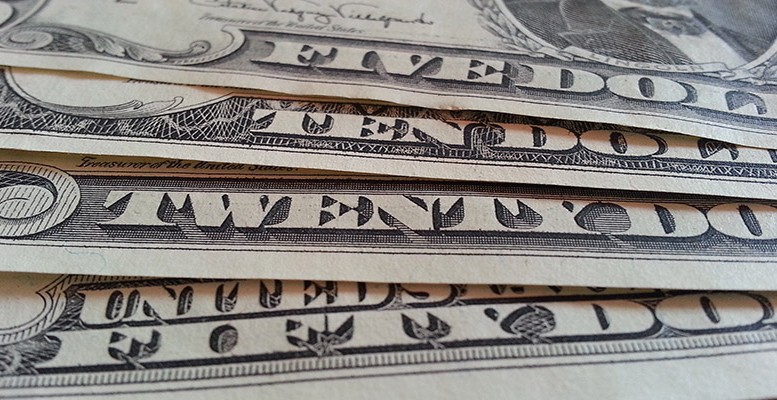Mutuactivos | Coronavirus, vaccines, interest rates, inflation… All these terms will continue to haunt managers and investors for the remainder of the year, one which is seen as having numerous uncertainties in the economic and financial sphere. Mutuactivos expects the rest of the year to be volatile from a macroeconomic point of view. Below is a review of the main issues to keep in mind.
Consensus anticipates that very high inflation data will be published in the US in April and May and then decline again, but which could lead to an interest rate hike. The Fed will have the hard task of convincing investors that rising rates will be a one-off and will not require them to intervene to cool the US economy.
While Europe is expecting an inflation peak of 2.5%, the US is talking about 4.1%! We believe that being able to predict what peak inflation will finally be and how interest rates will move will be key to the evolution of assets in 2021. And although we have our opinion, the data will be so extreme that it is not difficult for the consensus, or us, to be wrong.
At Mutuactivos we believe that, as the market expects, prices will rebound in April and May and then moderate downwards, although not returning to the previous situation. But perhaps the most important question is how the market and, above all, interest rates will react to price rises. This year the US 10-year bond has seen its yield rise by about 90 basis points, on the back of rising inflation expectations, to levels close to 2.5%.
How would you react to an inflation figure of 4.1%, albeit temporary? In short, we believe that it could push the T-note above 2% temporarily, even a scare in the markets. Hoever, in that case, it is likely the Fed would try to influence it to moderate it: either by changing its “active passive” discourse to one of greater involvement, closer to that of the ECB, or directly by buying debt to control the yield curve.
We do not expect a big interest rate hike for several reasons. The first is that the expected growth and inflation should have been discounted: during the month of April, very good macro data were released in the US and bond yields, instead of rising, fell. Moreover, whenever long-term rates approach 2%, they always come back down. Finally, the US bond with a yield above 2% could whet the appetite of investors looking for stable long-term returns (pension plans, insurance companies, etc.).
The huge growth in debt has led to more private savings having to look for yield. Being able to buy a US bond at 2% versus the risk of buying Chinese or Norwegian debt is very attractive. And the return on the US bond after hedging the currency in the short term is becoming more and more interesting due to the steepening of the yield curve.
In equities, although we believe that risk assets are very supportive in this environment, we prefer to keep our powder dry to buy if there is a correction. It makes sense for risk assets to trade at high multiples in a negative real interest rate environment like the current one and we think there is a strong case for the asset to be supported. But we believe valuations are very demanding and we could see temporary corrections this year which create opportunities.





